
Just over six months ago I wrote an article for The Grocer about ‘mindful shopping’. It was a dynamic we had seen emerge through behavioural research as consumers went about their food and grocery shopping in a more thoughtful, considered way – paying increasing attention to ingredients, sourcing, nutritional content and recyclable packaging.
Times have changed. Shopping behaviours have changed.
Actively thinking about how we shop, when we shop, and what we buy when we shop has become a necessity. We need to be more ‘mindful’ than ever – planning exactly what food we need for the week ahead, thinking about where to shop from (close to home seems best, for lots of reasons) and how we can minimise shopping trips, avoiding unnecessary items that may be wasted and trying not to panic bulk-buy.
The presence of the whole family unit at home for an extended period can alter the dynamic too – the need to cater for everyone at every meal, and the benefits of the participation of children in cooking. It’s no great surprise that the home baking fixture in my Sainsbury’s Local has been stripped bare this week!
For some, a visit to the shops can be the small highlight in an otherwise restricted day – the chance to see other people, and to make safe social contact from a distance. For others it is a more sombre affair; cautious and almost reverential in its observation of the new social rituals of respectful avoidance. In either case, the local supermarket is now the community hub, playing a vital role in keeping us going.
When we shop, many are also more mindful of some of those categories that have been more of a last resort in the past. The extended shelf life of cans and frozen foods have made these fixtures relevant again, and perhaps led us to reappraise what is available and how we can re-incorporate these products into our food repertoires.
How much of this small revolution will endure and how much of it will be dropped as we move into a brighter, virus-free future is anyone’s guess. But we are habitual beings, and when our habits are forced to change the new routines can quickly become ingrained, particularly if there is a strong emotive component to them. How we feel about shopping may be shifting significantly, with consequences for how we behave when we are in the store.
When I used the word in September 2019, I had intended ‘mindful’ to be a shorthand for a sense of purpose, thoughtfulness and the desire to be a good citizen, rather than its ‘in the moment’ Californian zen usage. But right now, these two separate meanings appear to have rolled into one, and our awareness of our shopping actions and behaviour, and how these impact on our wider society, has never been greater.




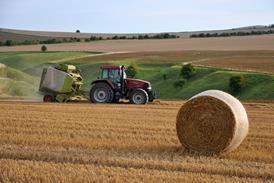


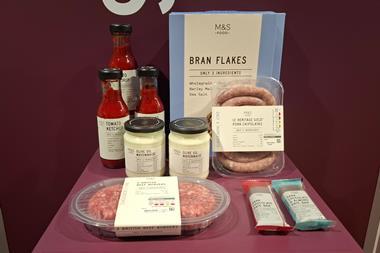

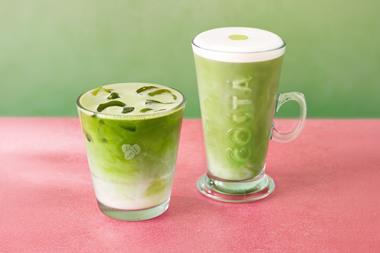
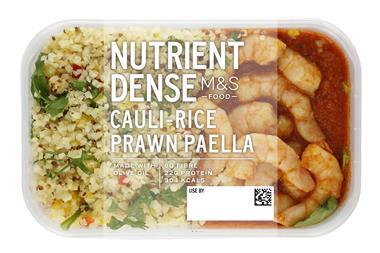
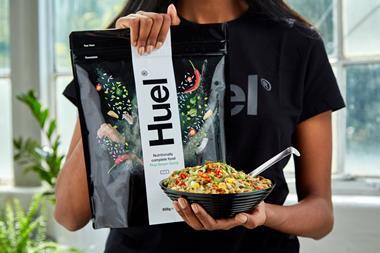

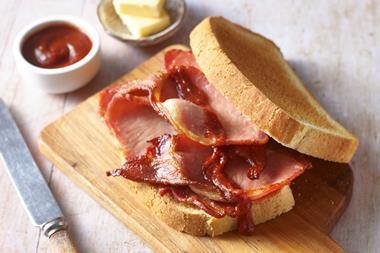





No comments yet